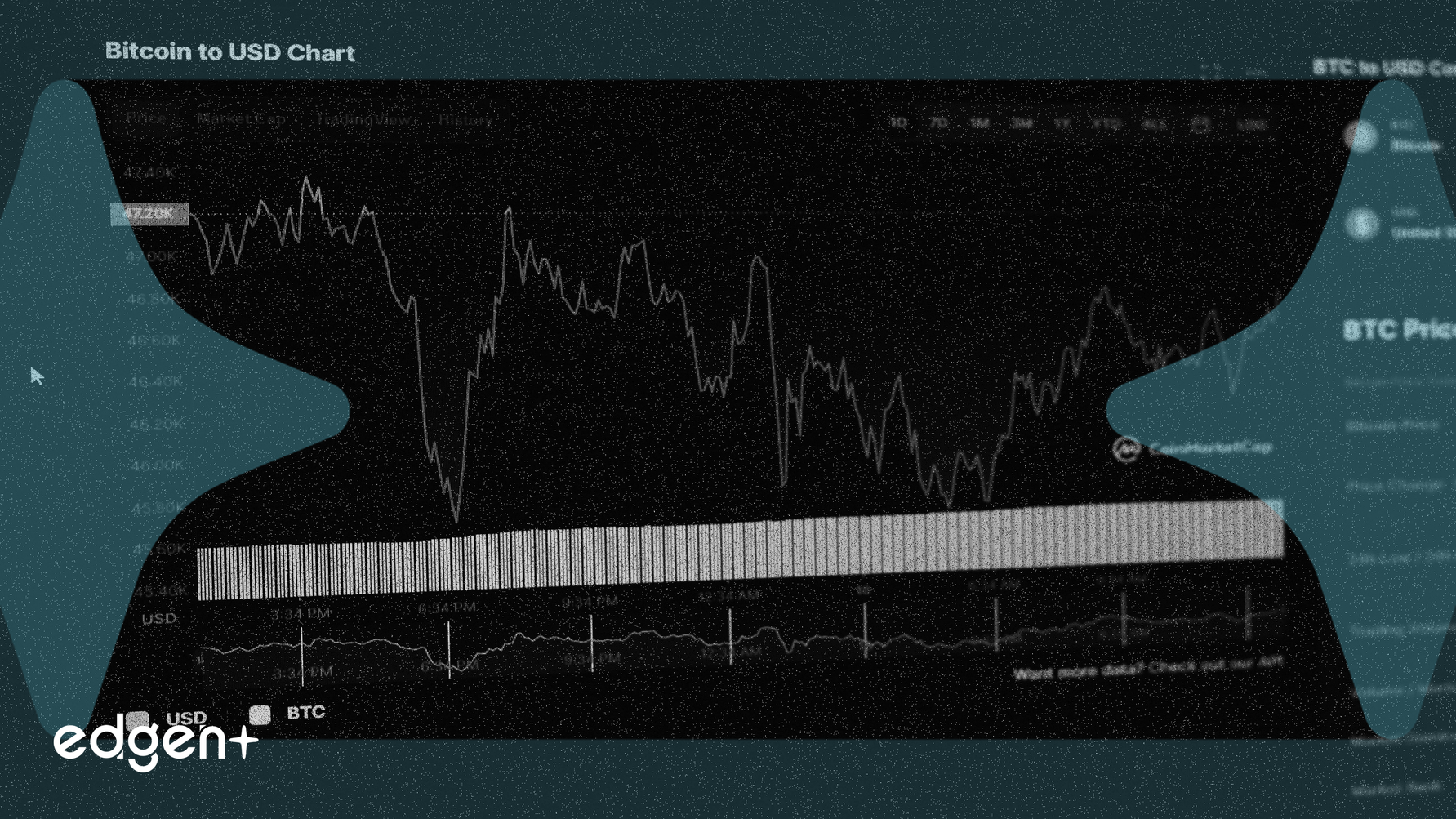Microsoft Invests Billions in Wisconsin for Advanced AI Infrastructure
Microsoft Corporation (MSFT) has announced a substantial investment totaling over $7 billion to develop two hyperscale artificial intelligence (AI) data centers in Wisconsin. This initiative is set to significantly expand the company's AI compute capabilities and reinforces its strategic focus on leadership in the rapidly evolving AI landscape.
Project Details: Scale, Technology, and Sustainability
The comprehensive investment includes an initial $3.3 billion for the "Fairwater" facility in Mount Pleasant, anticipated to commence operations in early 2026. A subsequent $4 billion commitment will fund a second, similarly scaled facility, bringing Microsoft's total investment in the state to more than $7 billion. These data centers are designed to house hundreds of thousands of advanced Nvidia (NVDA) GPUs, connected by an extensive fiber optic network capable of encircling the globe multiple times. This configuration is expected to deliver AI training and inference workloads at an unprecedented level, offering performance up to 10 times faster than current supercomputers.
Sustainability is a core component of this development. Over 90% of the cooling will be managed by a closed-loop liquid system, drastically minimizing water consumption—projected to be equivalent to that of a single restaurant or a week of golf course irrigation annually. Furthermore, Microsoft has contracted for renewable energy, including a new 250-megawatt solar farm in Portage County, and will pre-pay for electrical infrastructure to stabilize costs and ensure a carbon-free energy match for its consumption.
Economically, the project is slated to create more than 3,000 construction jobs and eventually employ up to 800 staff across both operational sites. Microsoft is also funding a Datacenter Academy with Gateway Technical College, aiming to train over 1,000 students, and expanding AI skills training to more than 100,000 Wisconsin residents.
Market Reaction and Strategic Implications
The announcement has generated bullish sentiment for Microsoft (MSFT) and the broader AI sector. The significant capital deployment underscores Microsoft's deep commitment to strengthening its Azure cloud services and securing its position as a dominant force in AI compute infrastructure. This aggressive expansion is viewed as a strategic move to provide the necessary computing power for enterprise AI workloads at scale, driving continued demand for high-end Nvidia (NVDA) GPUs and advanced networking solutions.
Shares of Microsoft have responded positively, trending near their 52-week high with a 1.5% uptick observed within a week of the initial announcements. Analysts maintain a consensus "Strong Buy" rating for MSFT stock, with an average price target of $626.88, suggesting a 22.38% upside from current levels, and some projections reaching $650 by 2026.
Broader Context: The AI Infrastructure "Arms Race"
This Wisconsin investment is part of a much larger, global capital expenditure strategy by Microsoft to cement its AI leadership. The company's fiscal year 2025 CapEx forecast exceeds $87 billion, representing a 55% year-over-year increase, with projections for fiscal year 2026 reaching $120 billion for AI infrastructure. This aggressive spending reflects a broader industry trend often described as an "AI arms race," as major technology companies vie for supremacy in computational capabilities.
Competitors are also committing substantial resources:
- Amazon is estimated to invest $96.4 billion in data centers for 2025.
- Google projects $62.6 billion in data center investments for 2025.
- Meta plans $52.3 billion in AI investments for 2025.
- OpenAI, in partnership with Oracle and SoftBank, has announced its "Stargate" project, a monumental $500 billion commitment aimed at achieving 10 gigawatts of computing capacity.
This shift towards massive infrastructure investment represents a deviation for Microsoft from its historically asset-light model, potentially impacting post-CapEx cash flow, which is expected to decline from $75 billion in FY24 to approximately $40 billion in FY25. However, the potential for long-term growth and enhanced market positioning in the burgeoning AI economy underpins this strategic pivot.
Looking Ahead: Sustained Investment and Innovation
The substantial investments in AI infrastructure, exemplified by Microsoft's Wisconsin project, indicate a sustained period of capital expenditure across the technology sector. The intense demand for high-performance computing will continue to drive innovation in chip design, networking, and cooling technologies. Furthermore, the focus on sustainable energy solutions within these massive data center projects highlights an industry-wide recognition of the significant energy demands of AI and a commitment to mitigating environmental impact. The ongoing "AI arms race" is expected to not only accelerate technological advancement but also foster significant job creation and economic development in regions hosting these critical AI facilities.
ソース:[1] Microsoft Invests $7 Billion in Wisconsin AI Data Centers (https://finance.yahoo.com/news/microsoft-inve ...)[2] Microsoft (MSFT) Plans $7 Billion Wisconsin Expansion With Second Major AI Data Center (https://vertexaisearch.cloud.google.com/groun ...)[3] Microsoft Invests $7 Billion in Wisconsin AI Data Centers - TradingView (https://vertexaisearch.cloud.google.com/groun ...)



